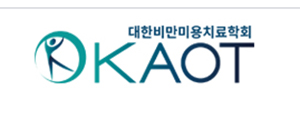VOLTAR
IMCAS Asia 2019
IMCAS Asia 2019
Programa
S041
What's hot in injectables - Dermal fillers (in collaboration with KAOT)
Sala: Room 1
Data: sábado 6 julho 2019 de 08:30 às 09:30
Formato: FOCUS SESSION > lectures covering a major topic of the congress
Objetivos: 1. Know what the trend in fillers are and how they are being applied around the world 2. Formulate comprehensive treatment plans 3. Apply different skills and injection techniques for soft tissue augmentation
Data: sábado 6 julho 2019 de 08:30 às 09:30
Formato: FOCUS SESSION > lectures covering a major topic of the congress
Objetivos: 1. Know what the trend in fillers are and how they are being applied around the world 2. Formulate comprehensive treatment plans 3. Apply different skills and injection techniques for soft tissue augmentation
Apresentações desta sessão
| Horas | Palestrantes | Título da apresentação | Resumo | Número |
| 08:30 | Welcome message from KAOT | 87897 | ||
| 08:35 | Selection and treatment technique of skin booster for facial acne scar and fine wrinkles | Visualizar | 86025 | |
| 08:47 | Facial asymmetry correction using filler volume lifting | Visualizar | 87898 | |
| 08:59 | The art of facial injection | 85476 | ||
| 09:11 | Panfacial contouring: my experience | 85470 | ||
| 09:23 | Questions and answers | 87993 | ||














